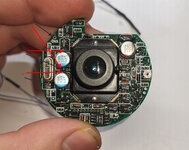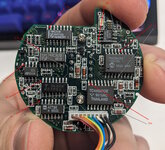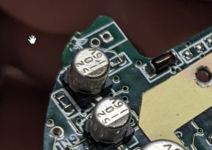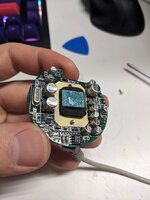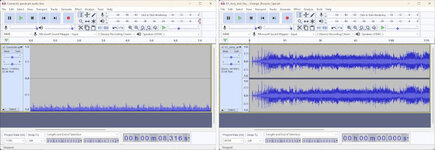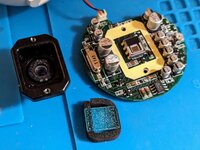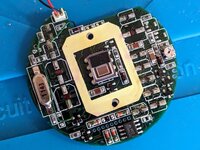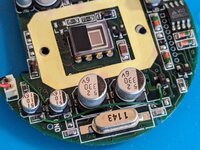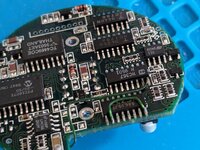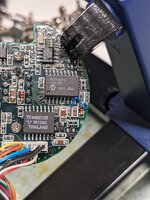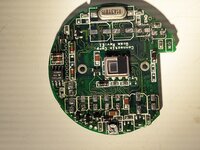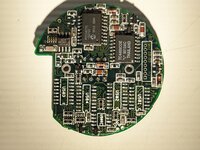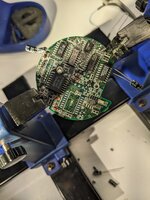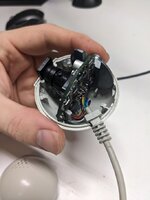zigzagjoe
Well-known member
Yes, grayscale quickcams have caps - a lot of them. If yours displays digital garbage when opening up QuickPict, you probably need to recap it.
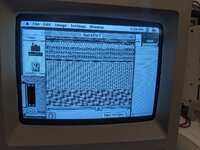
How-to:
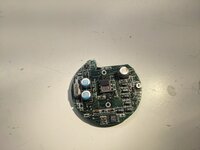

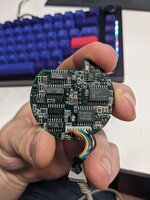
8x 718-1956-1-ND
Vishay Sprague 293D106X0016A2TE3
CAP TANT 10UF 20% 16V 1206
1x 565-HHXJ160ARA221MF80GCT-ND
Chemi-Con HHXJ160ARA221MF80G
CAP ALUM HYB 220UF 20% 16V SMD
2x 565-APXT6R3ARA331MF61GCT-ND
Chemi-Con APXT6R3ARA331MF61G
CAP ALUM POLY 330UF 20% 6.3V SMD
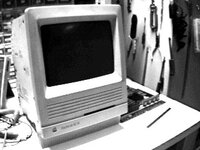


How-to:
- How to open a quickcam. Be very careful with the clips!
- Remove the lens and inspect the IR filter: mine was both loose and covered in cap juice.
- Obtain appropriate caps. Below are the ones I used with digikey P/Ns.
- Perform the replacements. Remember that tantalum mark their positive side, where electrolytic mark the negative.
- Test. Hopefully, it works now.



8x 718-1956-1-ND
Vishay Sprague 293D106X0016A2TE3
CAP TANT 10UF 20% 16V 1206
1x 565-HHXJ160ARA221MF80GCT-ND
Chemi-Con HHXJ160ARA221MF80G
CAP ALUM HYB 220UF 20% 16V SMD
2x 565-APXT6R3ARA331MF61GCT-ND
Chemi-Con APXT6R3ARA331MF61G
CAP ALUM POLY 330UF 20% 6.3V SMD



